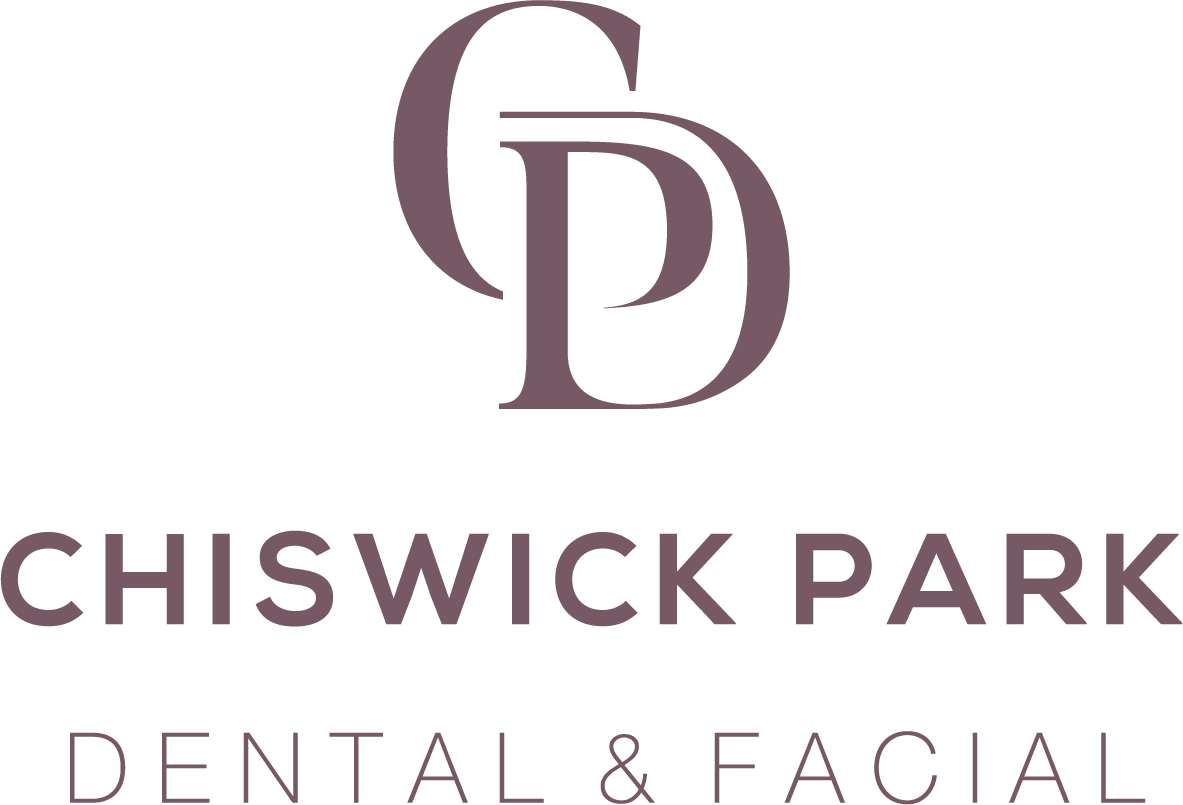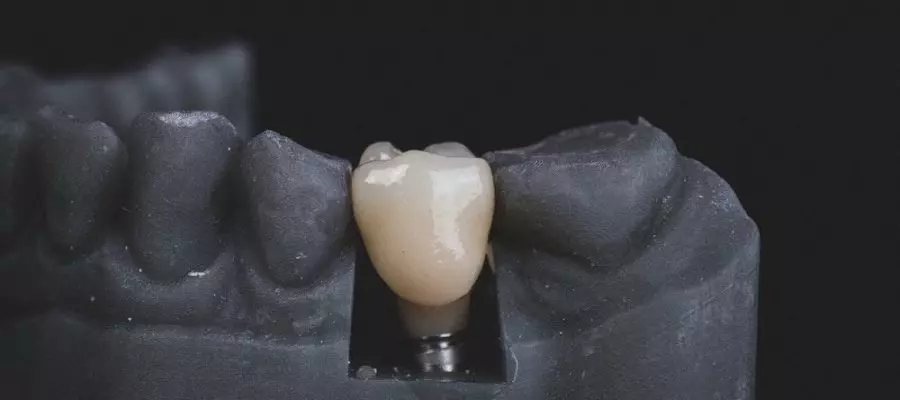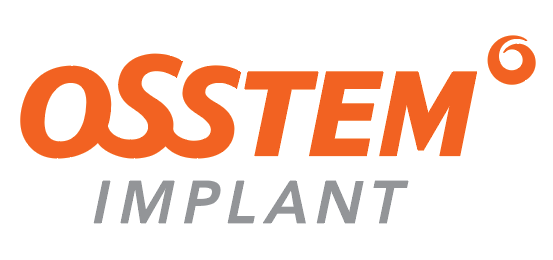Dental implants, also known as tooth implants, are one of the most revolutionary advancements in the field of orthodontics. This tooth replacement remedy for missing teeth has worked wonders for millions of people owing to the countless benefits it offers. It is one of the most highly recommended tooth replacement solutions by orthodontists and dental experts.
As a matter of fact, the American Academy of Implant Dentistry (AAID) reports that over 3 million people in the United States have dental implants, and the number continues to grow by an average of 500,000 people each year. Occasionally, there are cases in which, instead of requiring just a single tooth replacement, multiple tooth implants are required. Let’s take a look at what multiple tooth implants are and some innovative techniques that orthodontists use for installing these implants.
Multiple Dental Implants – What Are They?
Dental implants are artificial tooth roots that are used to replace missing teeth. These implants are installed to provide a strong and solid foundation to which your replacement prosthetic teeth, designed to resemble your natural teeth, can be anchored. Implants can support fixed as well as removable replacement teeth.
There are various factors that allow multiple tooth implants to outshine the alternatives, which are removable partial dentures and fixed bridges. Firstly, the best thing about multiple tooth dental implants is that they can fill in the space left by missing teeth without the support of adjacent teeth.
This means that if you have multiple missing teeth in a row, multiple tooth implants would be a much more practical solution to the problem. In such a case, fixed bridges and partial dentures would not even be an option for you since they require support from adjacent teeth. Additionally, dental implants look, function, and feel like normal teeth, more so than bridges and dentures.
Innovative Techniques That Make Multiple Dental Implants Safer and Less Painful Than Ever Before
Qualified and experienced orthodontists, such as the experts at Chiswick Park Dental Practice, have adopted advanced techniques that make installing implants safer, less time-consuming, and less painless for the patient. Explained below are some of these new innovative methods:
Use of CT Scans to Plan the Implant Surgery
A CT scan, also commonly known as a Computerized Axial Tomography (CAT) scan, is a process that combines multiple x-ray images taken from varying angles and positions to create a three-dimensional cross-sectional image of your jaw or any other part of the body.
Knowing this, CT scans can greatly assist orthodontists in planning and performing procedures such as dental implants due to the detailed images they provide. This can help the orthodontist accurately evaluate the bone density, bone structure, tissues, and nerves in the jaw of the patient, something that typical dental x-rays do not provide.
Assessing the integrity of the jawbone, establishing the optimum position for the implant, and choosing the proper size and kind of implant are all things that Ct scans can help improve. Furthermore, the entire surgical process can be planned and practiced beforehand with the help of CT scans, saving the time the patient spends in the clinic and increasing the probability of a successful operation.
Compared to traditional methods of installing multiple dental implants, using CT scans provides better predictability and precision, meaning the chances for a successful procedure are comparatively higher, and the overall procedure should be less painful for the patient.
Bone Grafting
One of the main deciding factors as to whether or not multiple tooth implants is a suitable option for you is the bone density of your jaw in the region where the implants have to be placed. Owing to an infection or wear and tear from using a denture, many people have experienced a loss of bone density and volume.
Having your tooth extracted and leaving the gap unoccupied for a prolonged time is another reason that a person might experience a shrinkage in their bone volume. Whatever the reason may be, having a healthy bone density is a key requirement for dental implants so that there is a solid foundation for your artificial teeth to be implanted into.
Fortunately, the advancements in the field of orthodontics have led to the development of a few procedures through which your bone volume can be restored to a healthy enough value to make dental implants possible for you. One such method is bone grafting.
Bone grafting involves taking bone from another area of your mouth, such as from the wisdom tooth area or from below the lower incisor teeth, and using that to compensate for the loss of bone volume in the implant region. However, taking bone from your mouth will suffice only if the amount of extra bone you require is small.
If more sizable amounts of bone are needed, patients may need to stay in the hospital for a short time so that bone can be extracted from somewhere other than the mouth. While the process of bone grafting can seem terrifying, orthodontists have mastered the skill of making the process minimally discomforting with the help of sedatives and their gentleness and dexterity.
Platelet Rich Fibrin (PRF)
Platelet Rich Fibrin, more commonly known by its abbreviation PRF, is a revolutionary healing technique that helps accelerate the healing and formation of your bone tissue after grafting.
This tried, tested, and widely employed medical procedure involves sampling a small amount of the patient’s blood which is spun in a centrifuge. This procedure is generally performed prior to the bone grafting surgery.
The centrifugal force exerted by the centrifuge helps extract a small number of platelets and white blood cells from the patient’s blood; this is known as PRF. The biological membrane is applied to the graft site right away to promote better and faster tissue repair and regeneration.
Patients have often acknowledged the effectiveness of this process by saying that it makes the entire procedure easier and less stressful because their mouth recovers swiftly.
If you’re having your tooth extracted as well as getting an implant, the PRF technique can also help enhance post-extraction and implant healing.
Conclusion
Multiple tooth implants are one of the best tooth replacement solutions with a high success rate. However, to ensure this complex and sensitive operation is smooth and painless, you need a field expert who has vast experience with multiple dental implants. Chiswick Park Dental practice is a veteran in the field and has performed over 1000 dental implants during 30 years of service. Call us now at 020 8987 9977 and have your smile restored!

















